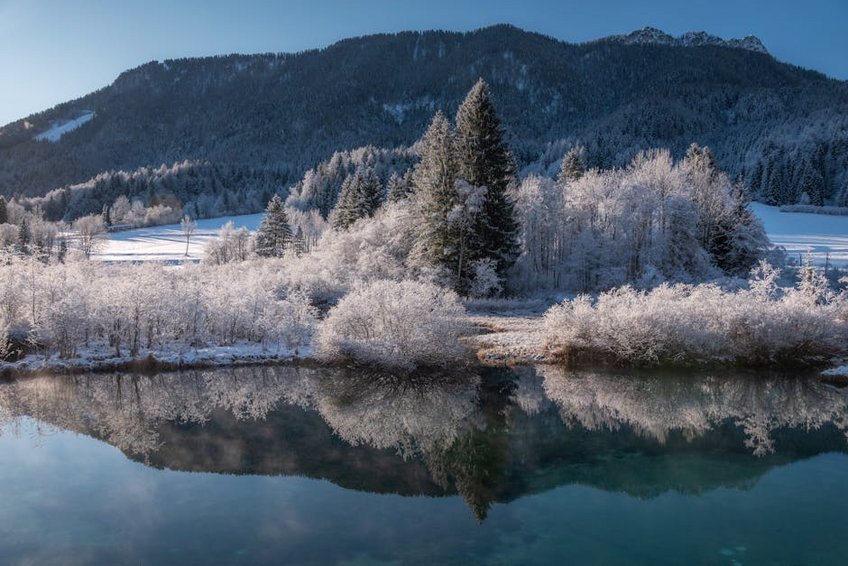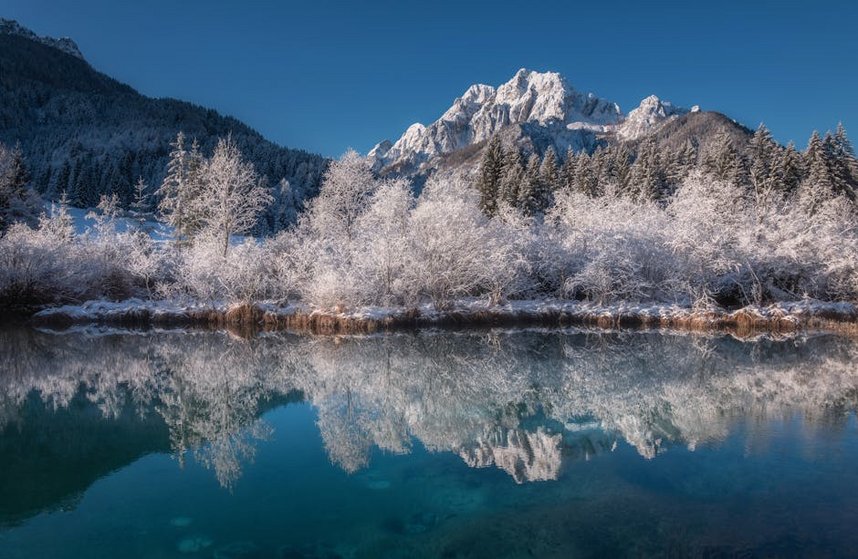Gabon Loango National Park Surfing Hippos: Africa’s Unique Wildlife Spectacle
Witnessing Gabon Loango National Park surfing hippos represents one of Africa’s most extraordinary natural phenomena, where hippopotamuses venture into the Atlantic Ocean waves along pristine beaches. This rare behavior occurs in a protected coastal sanctuary spanning 1,550 square kilometers, where rainforest meets sea in a biodiverse ecosystem hosting forest elephants, buffalos, and marine life. Your guide covers optimal viewing seasons between June and September, practical safari planning from $2,500, and conservation-focused travel approaches preserving this unique habitat.
Essential Park Information
Loango National Park occupies Gabon’s southwestern coastline within the country’s 13-park network established in 2002, protecting vital ecosystems from the Ivindo River to Atlantic shores. The park’s unique geography creates overlapping terrestrial and marine environments where animals traverse between habitats, resulting in the surfing hippos phenomenon during specific tidal conditions. Conservation efforts maintain low-impact tourism with limited infrastructure, requiring advance planning through licensed operators for this remote wilderness experience.
Understanding the Surfing Hippos Phenomenon
Hippopotamuses display this unusual coastal behavior primarily for practical reasons rather than recreation, utilizing ocean currents for efficient travel between feeding areas. These semi-aquatic mammals follow established paths through mangrove forests and lagoons, occasionally riding waves to conserve energy while moving between freshwater sources and grazing grounds. Scientific observations confirm this occurs most frequently during falling tides when hippos transit between inland forests and coastal grasslands.
- Marine adaptation demonstrates behavioral flexibility in Gabon’s hippopotamus population, distinct from inland groups elsewhere in Africa.
- Tidal patterns significantly influence viewing opportunities, with optimal conditions occurring two hours after high tide during daylight.
- Local guides possess specialized knowledge about individual hippo groups and their movement patterns across different seasons.
- Budget safaris starting at $2,500 include basic tented accommodation, park fees, and shared vehicle transfers from Libreville, focusing primarily on hippo viewing areas.
- Mid-range options between $4,000 and $5,500 provide comfortable lodge accommodation, guided activities, all meals, and domestic flights reducing transfer time.
- Premium experiences reaching $7,000 feature exclusive camps, private guides, additional activities like sport fishing, and combination itineraries with other national parks.
- African Parks Network Loango Conservation
- Lonely Planet Gabon Travel Guide
Gabon’s Conservation Success Story
Gabon established its national park system through presidential decree in 2002, protecting 11% of its territory and creating vital wildlife corridors. This conservation commitment has maintained healthy populations of endangered species including 50,000 forest elephants and these unique marine-interaction hippos. Tourism revenue directly funds anti-poaching patrols and community development projects, creating economic incentives for preserving these natural wonders.
Visitors contribute to conservation through park fees ($20 daily) and mandatory guided tours, ensuring minimal environmental impact while supporting protection efforts. The African Parks Network partnership since 2020 has enhanced management capabilities and infrastructure improvements while maintaining the area’s wilderness character. Your visit directly supports these initiatives through carefully regulated access systems.
Wildlife Diversity Beyond Hippos
Loango’s ecosystem supports remarkable biodiversity across its varied landscapes from dense rainforest to savanna and mangrove systems. Beyond the surfing hippos, visitors regularly encounter forest elephants bathing on beaches, buffalos grazing in coastal clearings, and various primate species including chimpanzees and mandrills. Marine life includes humpback whales migrating offshore from July to October and leatherback turtles nesting on southern beaches from November to January.
Birdwatchers document over 350 species including African fish eagles, palm-nut vultures, and numerous kingfishers along waterways. The park’s protection status ensures these populations thrive with minimal human disturbance, creating exceptional wildlife viewing opportunities. Professional guides enhance sightings through extensive knowledge of animal behaviors and movement patterns across different habitats.

Alt: “loango-national-park-hippos-atlantic-ocean-waves”
Planning Your Gabon Loango National Park Surfing Hippos Adventure
Organizing your Gabon Loango National Park surfing hippos expedition requires careful timing between June and September when ocean conditions and hippo activity align optimally. This remote destination demands thorough preparation including yellow fever vaccination, comprehensive travel insurance, and bookings through licensed operators six months ahead for peak season. Budget between $2,500 and $7,000 depending on accommodation style, safari duration, and included activities for this unique wildlife experience.
International travelers typically combine Loango with other Gabon parks like Lopé or Ivindo for comprehensive wildlife viewing across different ecosystems. The country’s developing tourism infrastructure means limited luxury options but exceptional wilderness immersion through established eco-camps and lodges. Your investment supports conservation while accessing one of Africa’s last truly wild coastal environments.
Best Time to Visit for Hippo Sightings
Prime viewing months extend from June through September during Gabon’s dry season, when reduced rainfall improves road access and hippos concentrate near reliable water sources. Daytime temperatures range from 75°F to 85°F (24°C to 29°C) with high humidity, while ocean waters remain warm around 79°F (26°C) year-round. These conditions create optimal wildlife viewing with animals more active during cooler morning and late afternoon periods.
Shoulder seasons in May and October offer fewer crowds with occasional rainfall, while the wet season from November to April challenges access with impassable roads. Specific tidal patterns significantly influence hippo ocean activity, with experienced guides timing visits around falling tides for maximum spectacle. Advance planning ensures alignment with both seasonal and tidal factors for successful observations.
Budget Planning and Costs
Financial preparation varies significantly based on accommodation style, safari duration, and included activities within your itinerary.
Essential Preparation Checklist
Medical requirements include yellow fever vaccination with certificate, malaria prophylaxis, and basic first aid supplies for remote travel conditions. Pack lightweight neutral-colored clothing, waterproof bags, sturdy walking shoes, high-quality binoculars, and camera equipment with telephoto lenses for optimal wildlife photography. Electrical systems use 220V with European-style plugs, requiring appropriate adapters for charging devices.
Documentation needs include passport valid six months beyond travel dates, visa authorization obtained before arrival, and comprehensive travel insurance covering medical evacuation. Book international flights to Libreville (LBV) three months minimum ahead, then domestic transfers to the park through your safari operator. Physical preparation should include moderate fitness levels for walking activities in humid tropical conditions.
Top Wildlife Experiences and Activities
Loango National Park delivers diverse wildlife encounters beyond the famous surfing hippos, with professional guides enhancing opportunities through expert tracking and behavioral knowledge. Morning and late afternoon game drives along beach routes and forest edges maximize sightings of elephants, buffalos, and various antelope species in their natural habitats. Boat safaris along the Iguela Lagoon system provide unique perspectives on hippo pods, crocodiles, and abundant birdlife in wetland environments.
Walking safaris with armed guides offer intimate wilderness experiences, revealing smaller species and ecological details missed from vehicles. Seasonal activities include whale watching from July to October and turtle nesting observations from November to January, creating year-round wildlife diversity. All activities follow strict guidelines minimizing disturbance to animals and their environments.
Must-See Wildlife Highlights
Surfing hippos typically appear along the park’s northern beaches near the Akaka area, where experienced guides know individual groups and their movement patterns. Forest elephants regularly emerge onto beaches near the Louri River mouth, creating spectacular photographic opportunities with ocean backdrops during morning hours. Buffalo herds graze in savanna clearings accessible via the park’s limited road network, particularly around the Tassi Savannah area.
Marine life includes seasonal humpback whale migrations visible from shore between July and October, with calves often accompanying adults close to coastline. Leatherback turtles nest on southern beaches from November to January, with guided night tours available through licensed operators. Primate encounters feature chimpanzees in forest interiors and various monkey species along riverine corridors throughout the park.
Hidden Gems and Local Favorites
The Iguela Fishing Village on the park’s periphery offers cultural interactions with local communities maintaining traditional lifestyles alongside conservation efforts. Remote southern beaches beyond the regular tourist routes provide secluded wildlife viewing opportunities, particularly for turtle nesting during appropriate seasons. Mangrove forest exploration by kayak reveals intricate ecosystems supporting numerous bird species and smaller mammals rarely seen from vehicles.
Local guides share knowledge about medicinal plants and traditional uses of forest resources during walking safaris, adding cultural depth to wildlife experiences. Seasonal fruit availability attracts particular animal species to specific areas, with guides tracking these patterns for enhanced viewing opportunities. These lesser-known aspects create memorable moments beyond the main wildlife attractions.
Photography Tips and Techniques
Successful wildlife photography requires telephoto lenses of 300mm minimum for capturing hippos in ocean environments while maintaining safe distances. Early morning light creates optimal conditions for beach photography, with soft illumination enhancing details and reducing harsh shadows on animal subjects. Weather-resistant camera protection proves essential in the humid coastal environment with frequent salt spray near ocean areas.
Local guides position vehicles for optimal angles considering animal behavior, tidal movements, and lighting conditions throughout the day. Patience proves crucial for capturing unique behaviors beyond standard portraits, including social interactions and movement sequences. These techniques ensure you return with compelling images from this extraordinary destination.
Practical Travel Information
Gabon’s tourism infrastructure continues developing, with Loango National Park offering limited but adequate services through established safari operators and accommodation providers. Transportation relies primarily on 4×4 vehicles for park access, domestic flights from Libreville, and boat transfers along coastal routes. Accommodation ranges from basic tented camps to comfortable lodges, all operating with environmental sensitivity and community engagement principles.
Communication remains limited throughout the park with intermittent satellite phone coverage at main camps, requiring advance preparation for disconnected wilderness immersion. Health services are basic with evacuation protocols for serious medical issues, emphasizing the importance of comprehensive travel insurance. These practical considerations ensure safe and enjoyable experiences in this remote destination.
| Accommodation Type | Features and Amenities | Price Range (USD) |
|---|---|---|
| Tented Camps | Basic facilities, shared bathrooms, included meals, guided activities | $150-300/night |
| Eco-Lodges | Private bathrooms, solar power, restaurant, activity packages | $300-500/night |
| Full Service Lodges | Air conditioning, swimming pool, spa services, all inclusive | $500-800/night |
| Safari Packages | Accommodation, meals, activities, park fees, transfers | $2,500-7,000/trip |


